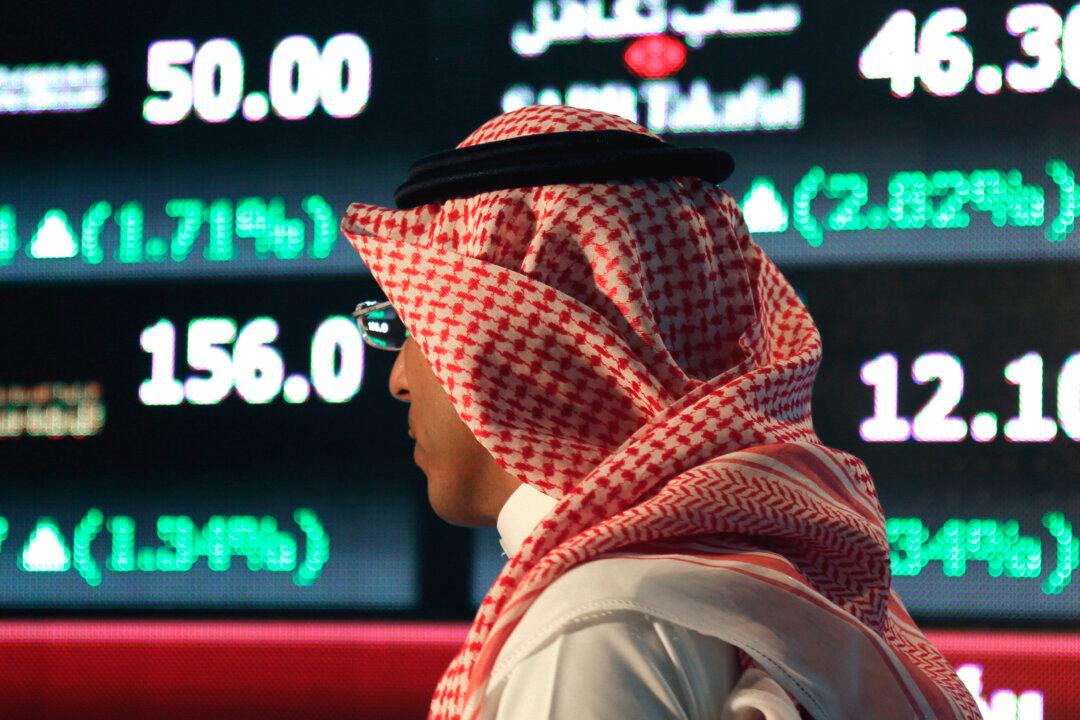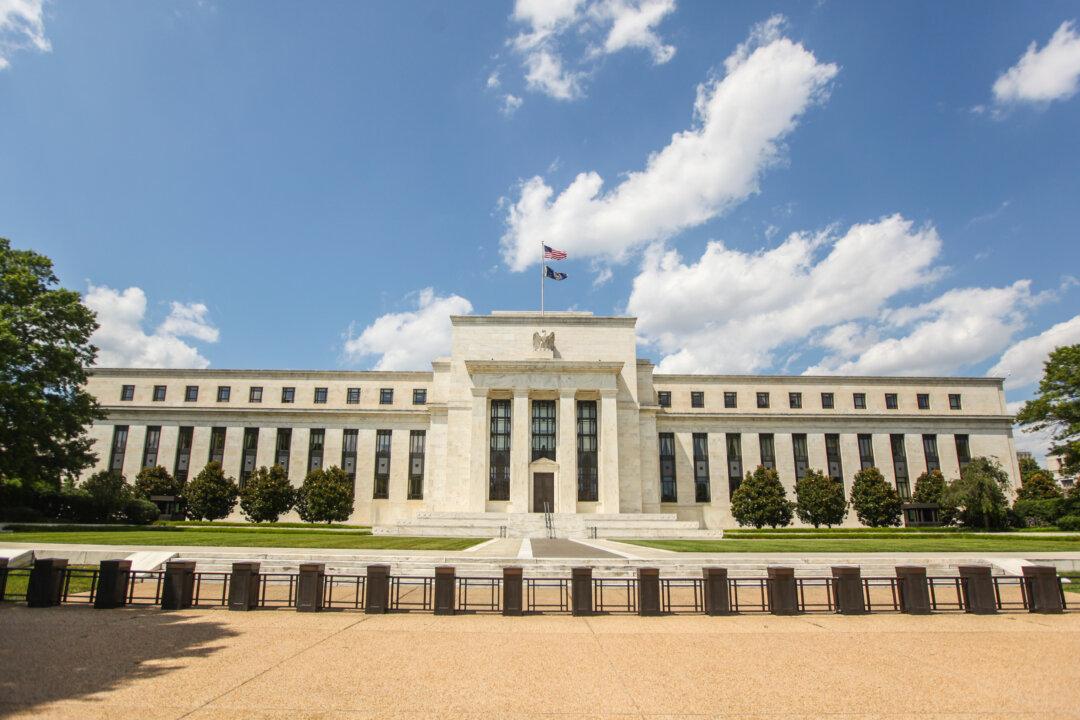People in the West perceive that money in stable Middle Eastern oil countries grows on trees. Or, to be precise, it’s pumped out of the ground. Case in point: Saudi Arabia.
In 2008, the country had a fiscal surplus of 29.8 percent, which means the government raised $1.30 for every $1 it spent. The kingdom also had stable to nonexistent unemployment for decades, massive trade surpluses, and government debt to GDP of 1.4 percent at the end of 2014. Things could not have been better—so they had to get worse.
In 2016, Saudi Arabia is expected to rack up a fiscal deficit of $84 billion, or 13 percent of GDP, according to Gulf Intelligence. It recently had to bail out its banking system with $5.3 billion, and the country’s biggest bank (National Commercial) is trading near all-time lows, down 30 percent this year.






